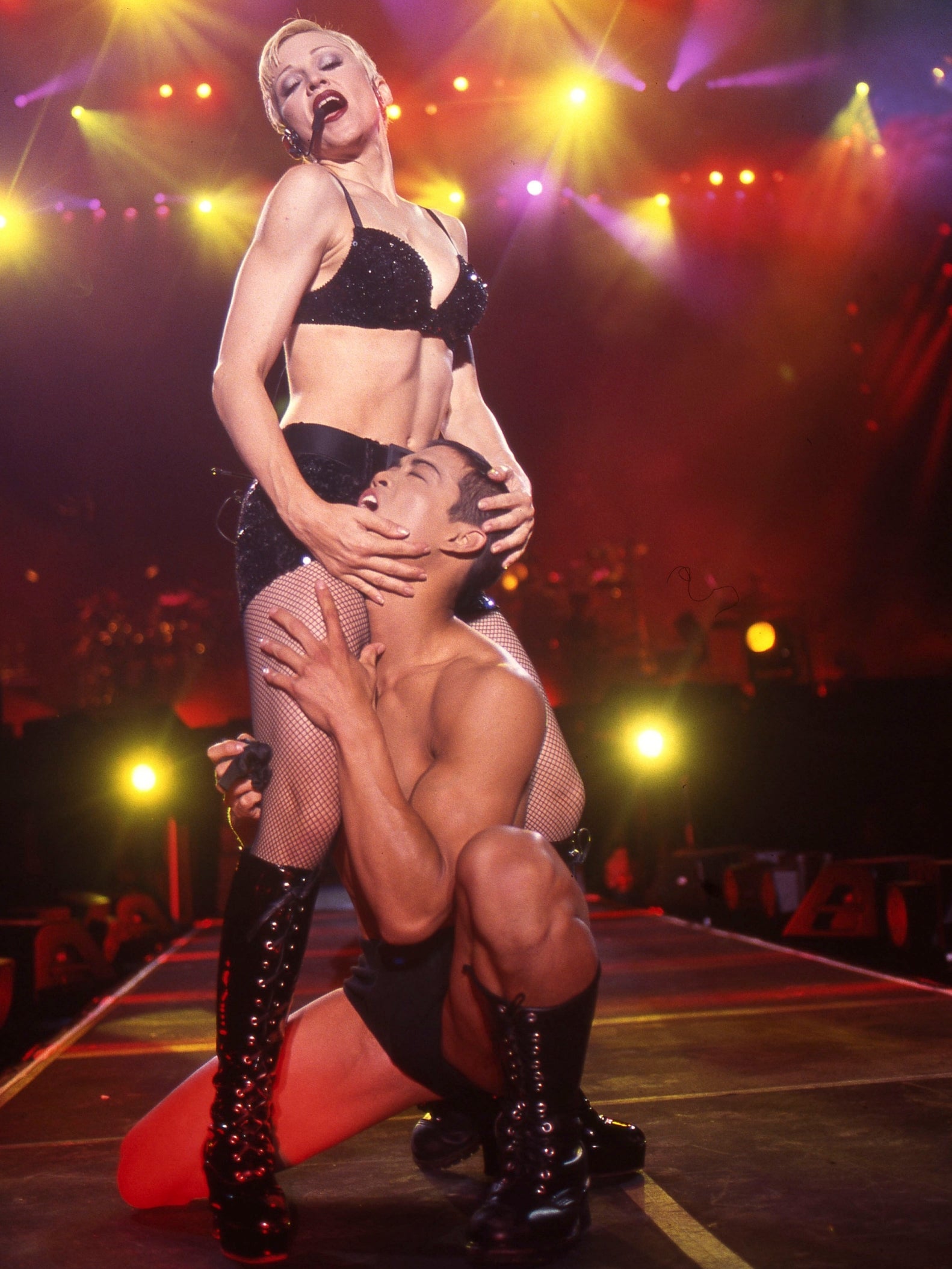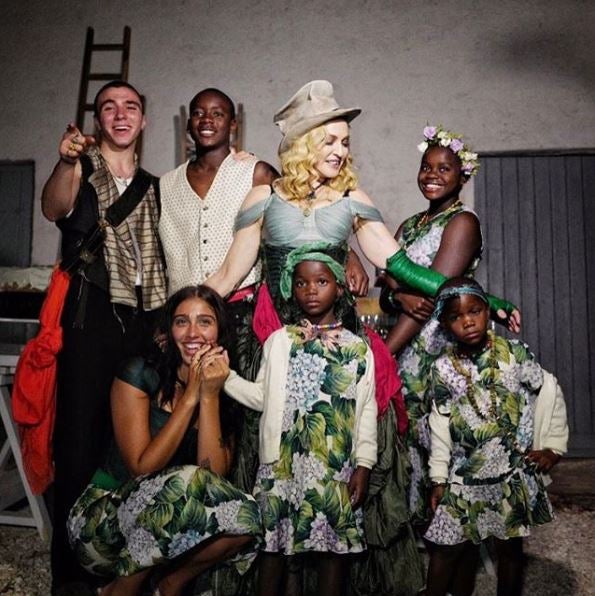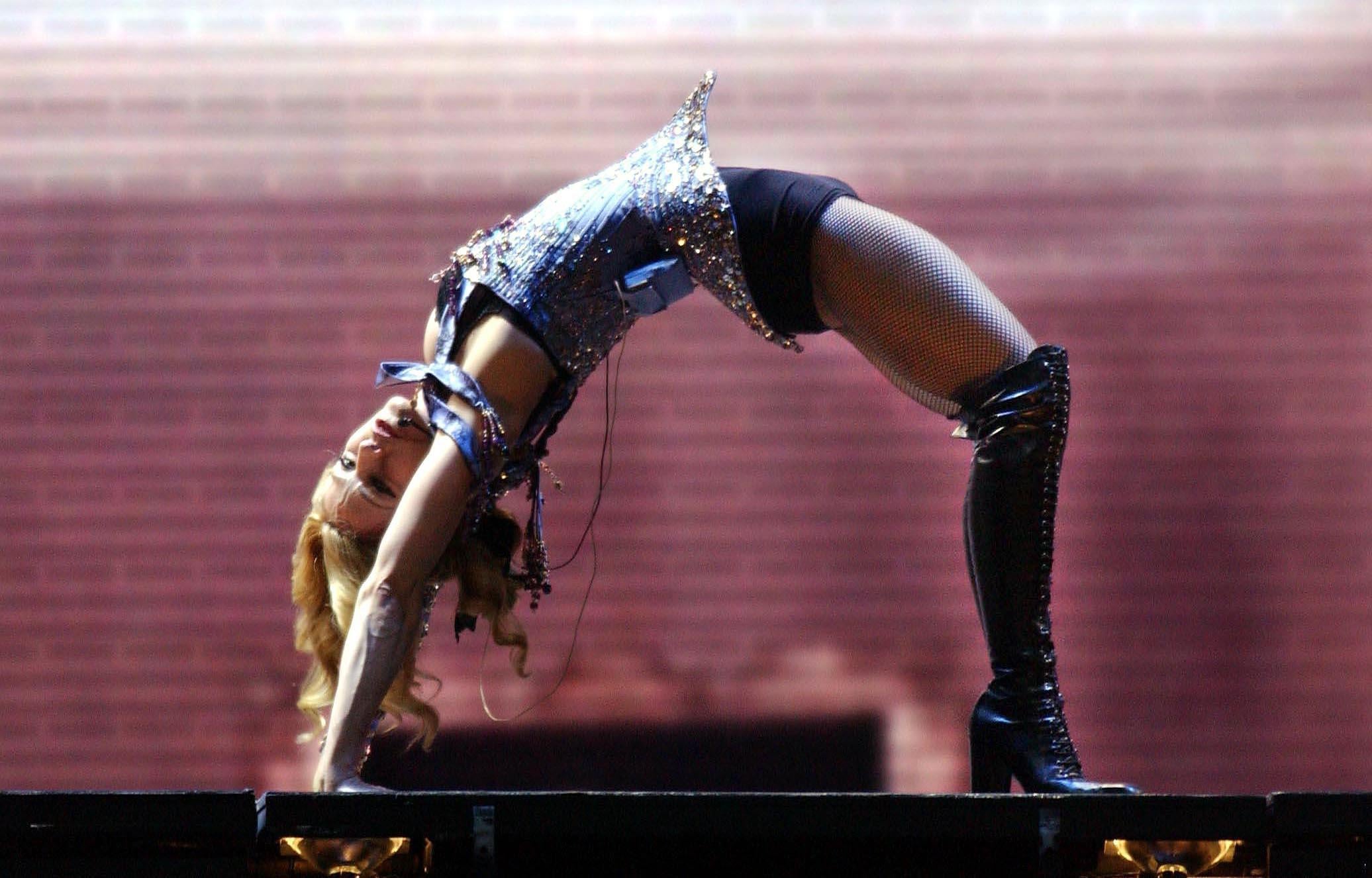Your support helps us to tell the story
From reproductive rights to climate change to Big Tech, The Independent is on the ground when the story is developing. Whether it's investigating the financials of Elon Musk's pro-Trump PAC or producing our latest documentary, 'The A Word', which shines a light on the American women fighting for reproductive rights, we know how important it is to parse out the facts from the messaging.
At such a critical moment in US history, we need reporters on the ground. Your donation allows us to keep sending journalists to speak to both sides of the story.
The Independent is trusted by Americans across the entire political spectrum. And unlike many other quality news outlets, we choose not to lock Americans out of our reporting and analysis with paywalls. We believe quality journalism should be available to everyone, paid for by those who can afford it.
Your support makes all the difference.She should never have been extraordinary.
Born in Michigan in 1958, Madonna Louise Ciccone was the third of six children in a working-class Italian-American family. No one could have guessed that this little girl would become renowned the world over by a single name. But the history books will say that she did.
Perhaps it was the death of her mother when she was just five years old which lit the fuse of her determination, or a desire to break out of a provincial town and a big family. Maybe she was simply a born show-off. Whatever the motivation, after 60 years, Madonna is the wealthiest woman in the music business and one of its most radical icons.
Madonna’s journey from the American suburbs to the American Dream began in 1978, when she arrived in New York with nothing but a winter coat and $35 – “The bravest thing,” she once said, “I have ever done.” In 1983, after years of hard grit, she appeared before the world fully formed.
As unmistakably 80s as the shell suit and the Walkman, she was also keenly aware of the lineage of immortal stars in whose mould she hoped to be cast. Before evolving into one of history’s most famous blondes herself, she paid tongue-in-cheek homage to Marilyn Monroe.

Female stars are too often beset by tragedy. From Judy Garland to Amy Winehouse, inevitably, a crack appears in the vanity table mirror. But Madonna navigated her own publicity with genius, always speeding off unscathed.
When she did expose her personal life to the world, it was on her terms. Following her divorce from Sean Penn in 1989, she took her traumas and spun them into gold with the Like a Prayer album, a series of totemic hits tackling difficult family relationships, domestic violence and the AIDS epidemic. The sentiment was raw, but the execution was slick.
At the end of a decade in which she was revered as a figure of youth, sex and fun, she delivered a work that demanded to be taken seriously. In this reinvention she was not just a poster girl, but a true artist, representing female empowerment in a male-dominated industry.
On her 1990 Blond Ambition Tour, Madonna had a startling gender-defying image: the hair and makeup of Monroe more explicit than ever, but with the famous Gaultier conical bra exerting a confident, aggressive sexuality. Not unintentionally, she was wearing the trousers.
In her lyrics too, she is never the victim, breaking away from a tradition of disco divas lamenting their broken hearts on the dancefloor. As she was self-created, she remained self-sustained. Through boyfriends and marriages, males were mere appendages – her grandeur could never be matched.
By the time she got to the hyper-sexualisation of the 'Justify My Love' video and the Erotica era, Madonna was still channeling Monroe, but with more artistic purpose.
She was borrowing the physical imagery of the ultimate sex symbol of the 20th century, but where Monroe was demure, coquettish and naive, Madonna was expressing her own sexuality explicitly. People were suddenly uncomfortable.

When topless photos from Madonna’s younger years leaked in 1985, they quickly found themselves in sell-out issues of Penthouse and Playboy. But in 1992, when she photographed herself completely naked for her own coffee table book, opprobrium rained down on her from all sides.
Here, she proved a crucial double standard around women’s bodies and sexuality. It was all fun and games for men to enjoy, so long as they were in control. Once women took charge themselves, their sexuality was deemed unacceptable.
In her defiance of the patriarchy, Madonna also garnered adoration from millions of gay men, who saw her reaching out a hand to them through her music, her imagery, and her vocal activism. For many, she was the accepting mother they never had.

When I first became a fan in my mid teens, it was not just a case of enjoying the infectious camp of Confessions on a Dancefloor – in her, I saw a remarkable, powerful advocate.
As I delved back through her career, I discovered that in showcasing her gay dancers, in her ability to enjoy a sexuality that others sought to oppress, and through lyrics of hope and redemption on albums like Ray Of Light, she had also been there for generations of young gay men before me, most of whom faced far greater struggles.
The Madonna of Catholicism is a melancholic figure, imploring people to pray for the state of the world and repent for their sins. But the Madonna of Pop tells her faithful followers to rebel, to be who they are, to survive at all costs. She is the hero of her own story, and of many others’ too. There is no weeping.

Just as the 21st century nears its third decade, so Madonna continues to push the boundaries of what is expected of older women in her industry, and in society.
Her world tours remain athletic, stadium-filling affairs. She's still collaborating with contemporary talent while relishing the spoils of being a heritage act. As ever, she dresses (and undresses) as she pleases.
Critics are waiting for an end to Madonna that will never come, because her legacy is secure. She had the good fortune to come of age in an era that allowed the average star to present themselves as superhuman, and that is how she remains.

While technology and globalisation have made it easier for people to become well known, there has been a dramatic dilution of quality. Of the people who do become household names, few are in any way remarkable.
Madonna remains as discussed in 2018 as she ever was, with her every move still commanding mainstream attention.
As she has indulged in social media and demonstrated a greater sense of humour, we have seen more of her ‘real’ side. But no matter how much she playfully allows the mask to slip, her facade remains untarnished.
When she posts a makeup free selfie, or is photographed flying budget to Lisbon, for a moment she seems a little more human, a little more like us – and yet the unshakeable fact is that she is not. She is an icon. She is Madonna

Join our commenting forum
Join thought-provoking conversations, follow other Independent readers and see their replies
Comments